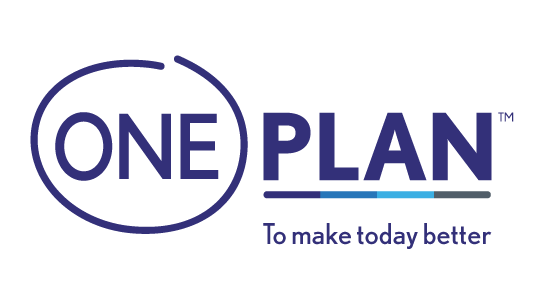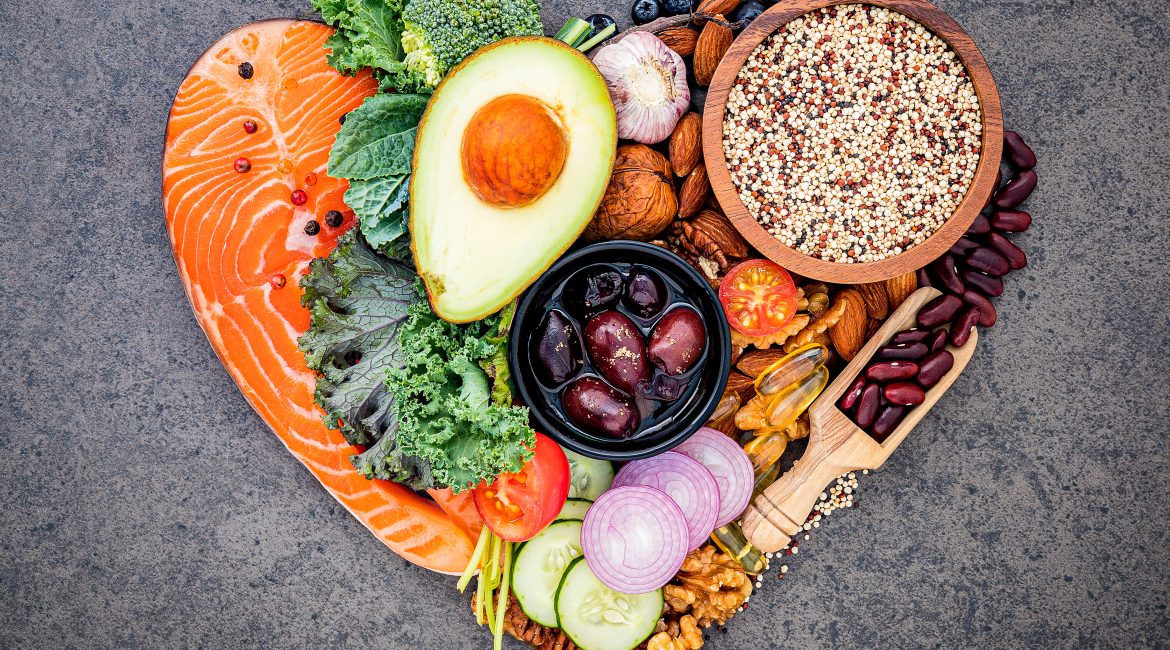You might have heard of the DASH diet, but do you know what it is and who it’s best suited for?
The DASH diet stands for “Dietary Approaches to Stop Hypertension”. This means that it’s a diet which is designed to help manage or prevent high blood pressure.
It focuses on including fruits, vegetables, whole grains and lean meats in one’s diet. The DASH diet doesn’t require fancy foods or any major changes. It is about making smart swops and eating the correct portions.
Let’s have a look at an overview of the DASH diet, and see how you can incorporate it into your own life.
Discover: Stroke Symptoms: Know The Warning Signs of a Stroke
What do you eat in a DASH diet:
Whole Grains: 6-8 Servings Per Day
Some ways to introduce wholegrains into your diet are by switching white bread to whole-wheat or whole-grain bread, having whole-grain breakfast cereals and oatmeal, brown rice instead of white rice, and other grains like quinoa or bulgur.
Here are some examples of one serving of whole grains:
- 1 slice of whole-grain bread
- 28 g of dry, whole-grain cereal (before you add any milk, yoghurt etc.)
- 1/2 cup (95 g) of cooked rice, pasta or cereal
Vegetables: 4-5 Servings Per Day
The DASH diet allows any and all vegetables, including leafy greens, starchy vegetables, cruciferous vegetables etc.
Here are some examples of one serving of vegetables:
- 1 cup (about 30 g) of raw, leafy green vegetables like spinach or kale
- 1/2 cup (about 45 g) of sliced vegetables — raw or cooked — like broccoli, carrots, squash or tomatoes
Fruits: 4-5 Servings Per Day
The DASH diet encourages eating lots of fruits, such as apples, pears, berries, pineapple and mango.
Here are some examples of one serving of fruits:
- 1 medium apple
- 1/4 cup (50 g) of dried apricots
- 1/2 cup (30 g) of fresh, frozen or canned peaches
Dairy products: 2-3 Servings Per Day
When adopting a DASH diet, it is encouraged to switch dairy products from full fat to low fat or fat free options.
Here are some examples of one serving of dairy:
- 1 cup (240 ml) of low fat milk
- 1 cup (285 g) of low fat yogurt
- 45 g of low fat cheese
Lean Chicken, Meat, And Fish: 6 Or Fewer Servings Per Day
Choose lean meats like chicken or fish more often and have red meat only occasionally. You should try to avoid fatty or highly-processed meats.
Here are some examples of one serving of meat:
- 28 g of cooked meat, chicken or fish
- 1 egg
Nuts, Seeds and Legumes: 4-5 Servings Per Week
Include nuts, seeds and legumes in your diet. This includes peanuts, walnuts, sunflower seeds, flaxseeds, hazelnuts, kidney beans, split peas, lentils and more. It is important to note that these foods should only be consumed a few times a week, adding up to a total of 4-5 servings in one week.
Here are some examples of one serving of nuts, seeds or legumes:
- 1/3 cup (50 g) of nuts
- 2 tbsp (40 g) of nut butter
- 2 tbsp (16 g) of seeds
- 1/2 cup (40 g) of cooked legumes
Fats And Oils: 2–3 Servings Per Day
When following a DASH diet, it is recommended to use vegetable oils over other oils. Vegetable oils include margarine and oils like canola, corn, olive, or safflower. It is also recommended to switch from regular to low fat mayonnaise and choose light salad dressings.
Here are some examples of one serving of fats and oils:
- 1 tsp (4.5 g) of soft margarine
- 1 tsp (5 ml) of vegetable oil
- 1 tsp (15 g) of mayonnaise
- 2 tsp (30 ml) of salad dressing
Sweets And Added Sugars: 5 Or Fewer Servings Per Week
The DASH diet keeps added sugars to a minimum. This means limiting soft drinks, sweets and chocolates and drinks sweetened with sugar (like tea or coffee). Unrefined sugars and alternative sugar sources (such as agave nectar) are also restricted in this diet.
Here are some examples of one serving of Sugars/ Added Sugar:
- 1 tablespoon (tbsp) (12.5 g) of sugar
- 1 tbsp (20 g) of jelly or jam
- 1 cup (240 ml) of lemonade
Is the DASH diet for you?
Now that we know more about what a person should be eating, let’s look at whether this diet is suitable for you.
The DASH diet is predominantly recommended for people who have hypertension (high blood pressure) or prehypertension. However, this balanced eating plan can be appropriate for anyone who wishes to prevent heart disease or manage their weight. The DASH diet is a heart-healthy way of eating, so it can also benefit individuals by reducing the risk of developing heart diseases such as coronary artery disease, heart attack, and stroke.
This diet can also be good for people with high cholesterol, as it focuses on reducing saturated fat and cholesterol, which can help lower LDL (bad) cholesterol levels.
If you have kidney disease or are on dialysis, you should consult with your physician before starting the DASH diet, as people who have kidney disease or are on dialysis have special dietary needs and restrictions which may not align with this diet.
Final thoughts
The DASH diet isn’t a quick fix — it’s a practical and balanced way of eating that supports long-term health. By focusing on whole foods and portion control, it helps manage blood pressure and lowers the risk of heart disease without being overly restrictive.
If you’re looking for a diet that’s flexible, based on everyday foods, and supported by research, the DASH diet could be a great fit. Just remember to speak with a healthcare provider before making any major dietary changes, especially if you have existing health conditions.
You can also look after your long-term health by getting health insurance. Get an obligation-free quote here.
Read next: What Does Emergency Casualty Cover Entail?
Your Health Insurance Family,
Oneplan




